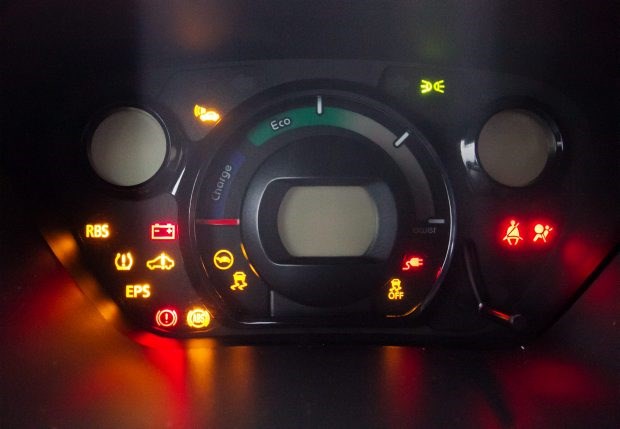People have a number of misconceptions about electric cars.
"Why isn't your electric car plugged in?" asked a passerby one day. People seem to think an electric car needs to be plugged in if it is not in motion.
My answer was a question in return: "Do you rush to the gas station if your car's gas tank is still three-quarters full?" For some people, the answer may be "yes," but I suspect most people will let the gas gauge go down a bit more before they go for a fill-up.
It's the same with an electric car. With a range of about 120 kilometres, I can get a few days of driving without having to "fill up." Mostly I do plug it in at night because it is convenient but, for my driving, I don't need to.
A person with a much longer commute - say 50 kilometres one way - will obviously need to recharge every night.
As an experiment, I ran the little Mitsubishi to empty last week just to see a yellow turtle. Let me explain: Once the Mitsu shows empty on its "gas" gauge, it reverts to what engineers the world over call limp-home mode. When the i-MiEV is in limp-home mode, an illuminated yellow turtle appears on the dash.
In limp-home mode, the vehicle shuts off all nonessential items, such as climate control, and reduces engine power. From what I have read, a driver has about one or two kilometres before a tow truck needs to be called to rescue you.
Once I saw the turtle, I ended the experiment - I was safely sitting in my driveway with the heater on to drain the battery.
I recharged the battery overnight. The next morning, I got a pleasant surprise.
When I began my commute, I glanced down to see that the computer had increased the vehicle's total range by about 30 kilometres.
Discharging the battery completely had effectively reset the battery's memory. People with portable electronic devices - such as cellphones - will probably notice the same thing.
Sure enough, the owner's manual had a short paragraph recommending the vehicle be discharged almost to empty occasionally for optimum range. I had missed it on my first read-through.
After two or three days, the battery is back to where it usually is, so I know the increase is relatively short-lived.
So now we know that an electric car may not need to be constantly plugged in, but it's a good idea to discharge it once in a while.



